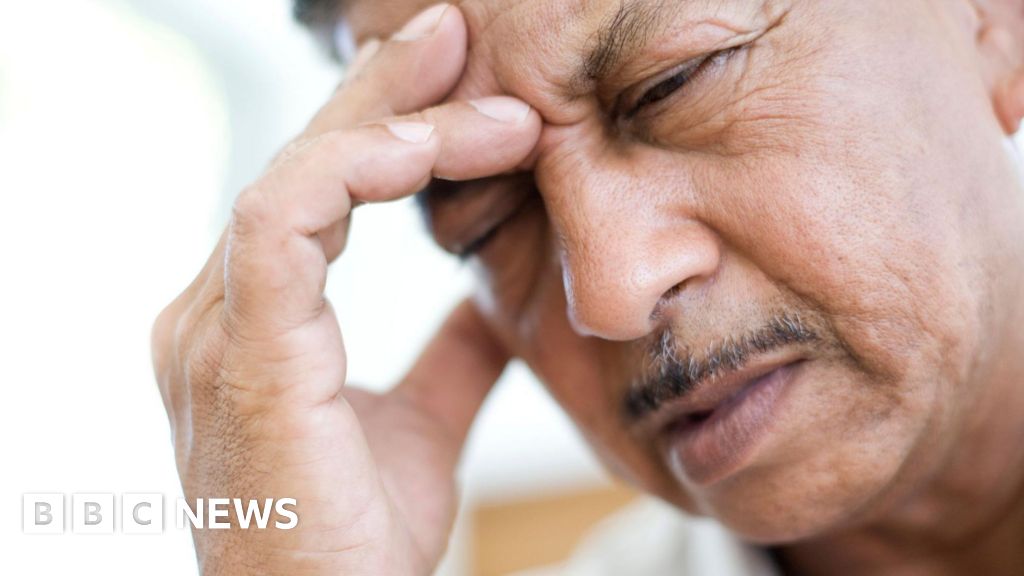It is estimated that in the United States alone, over 12 million of the adult population could be experiencing obstructive sleep apnea. It is also noted that about half of such people have one common condition: they are overweight. Thus, many researchers and experts could not help their selves but associate or link sleep apnea with excessive weight problem or obesity. This makes the condition a risk factor for any person to develop or suffer from sleep apnea.
Sleep apnea is a condition wherein the airway passage gets blocked when a person sleeps. It could cause breathing pauses for about 5 times to as much as 30 times in just an hour. It seldom leads to instant death, but the sleep disorder could lead to many health and body problems. Of course, when there is lack of sufficient oxygen level, the body would secrete stress hormones that could alter sleep or make the body tired and weary the next day. It has also been found that untreated sleep apnea could also be related to other ailments like diabetes, heart attack, hypertension, stroke and irregular heartbeat.
Sleep apnea could be treated. The problem comes in diagnosis. Usually, any person could not tell if he is experiencing sleep apnea. This is because no normal person could ever tell what happens during sleep, just like no person hears his own snoring during his sleep. Usually, it is the roommate or bed partner of the affected person who could get the attention and relay the story about sleep apnea episodes. This is because the sleep disorder could come with loud sound that could be alarming and disturbing to some.
There are identified risk factors for sleep apnea. As mentioned, excessive weight could be one. It has also been found that the condition occurs more in men than in women. In the United States alone, a middle-aged man out of 25 and a middle-aged woman out of 50 could be diagnosed with sleep apnea. This also shows that the disorder is more common in middle-aged and older adults. Researchers point out that the problem gets more common as a person ages. There is at least a person out of 10 aged 65 and higher that could experience sleep apnea. In women, they are found to be more likely to develop the condition after menopause.
It has also been noted that race could also be a factor in the occurrence of sleep apnea. Studies highlight that Pacific Islanders, African Americans, and Hispanics are more likely to have sleep apnea. In the same line, it has been found that Caucasians are less likely to suffer from it. The sleeping disorder could also be hereditary. That means that if someone in your immediate family has a history of sleep apnea, chances are higher that you would also develop the problem.
Also at risks are people who naturally have smaller airways in their throats, nose, or mouth. Small airways could be attributed to shape of structures, onset of allergies, or some other medical conditions that could lead to congestion in the areas. Enlarged tonsils in children could make them prone to sleep apnea regardless of their age.
Some research efforts have even found that the sleeping disorder could even be more common among smokers.


